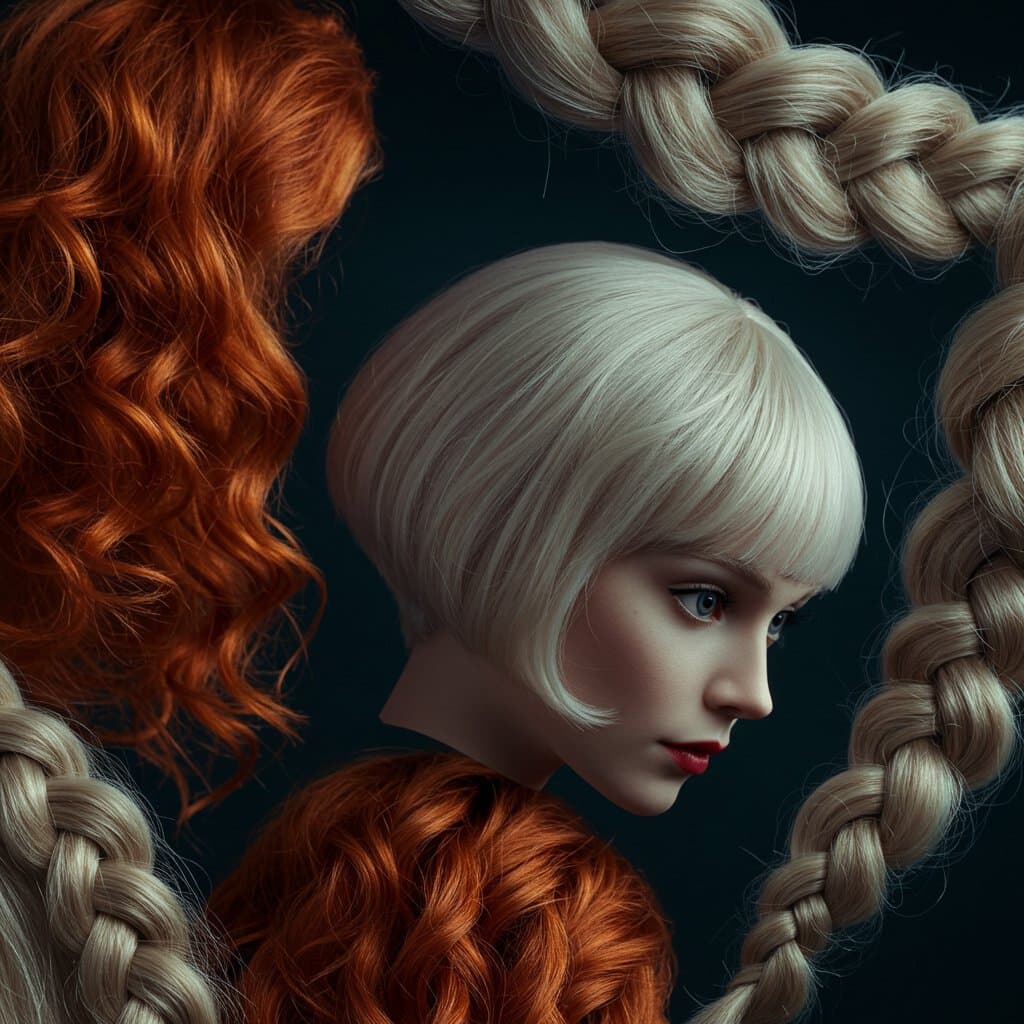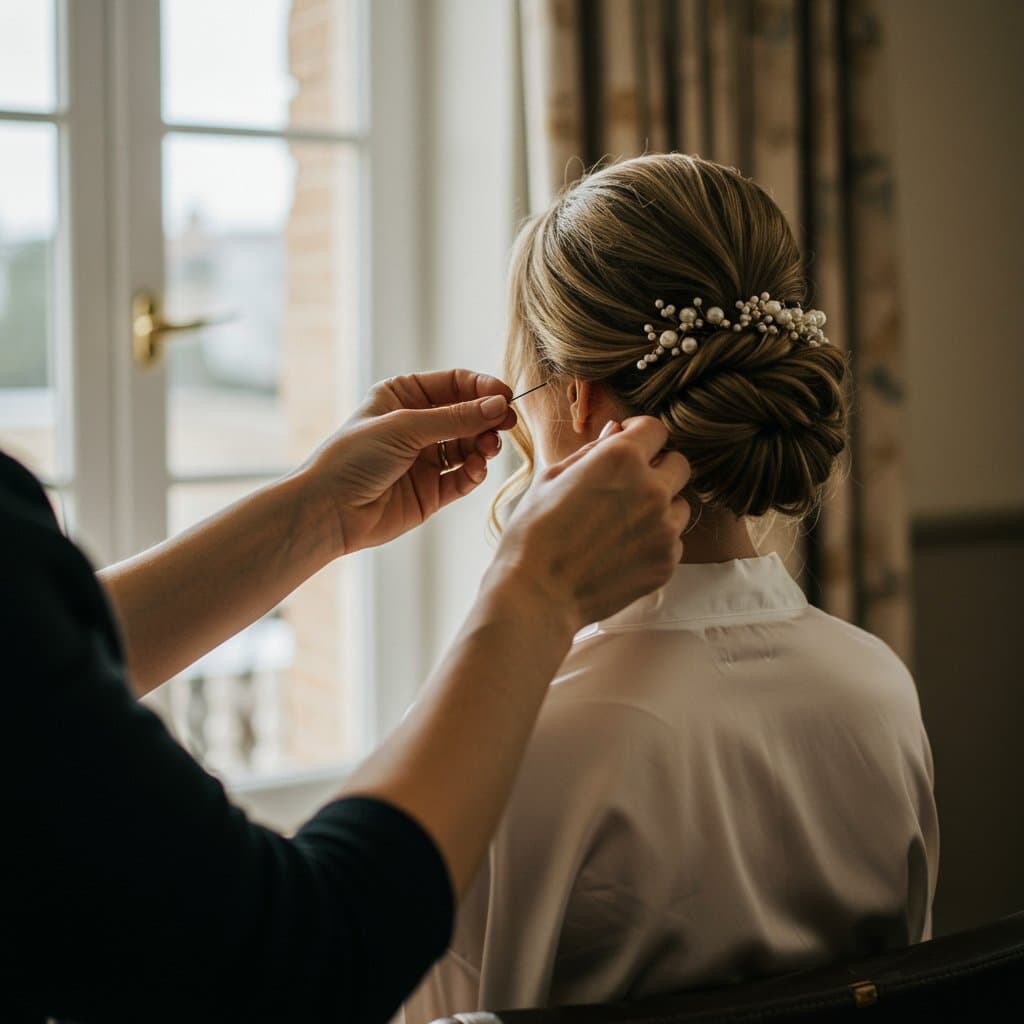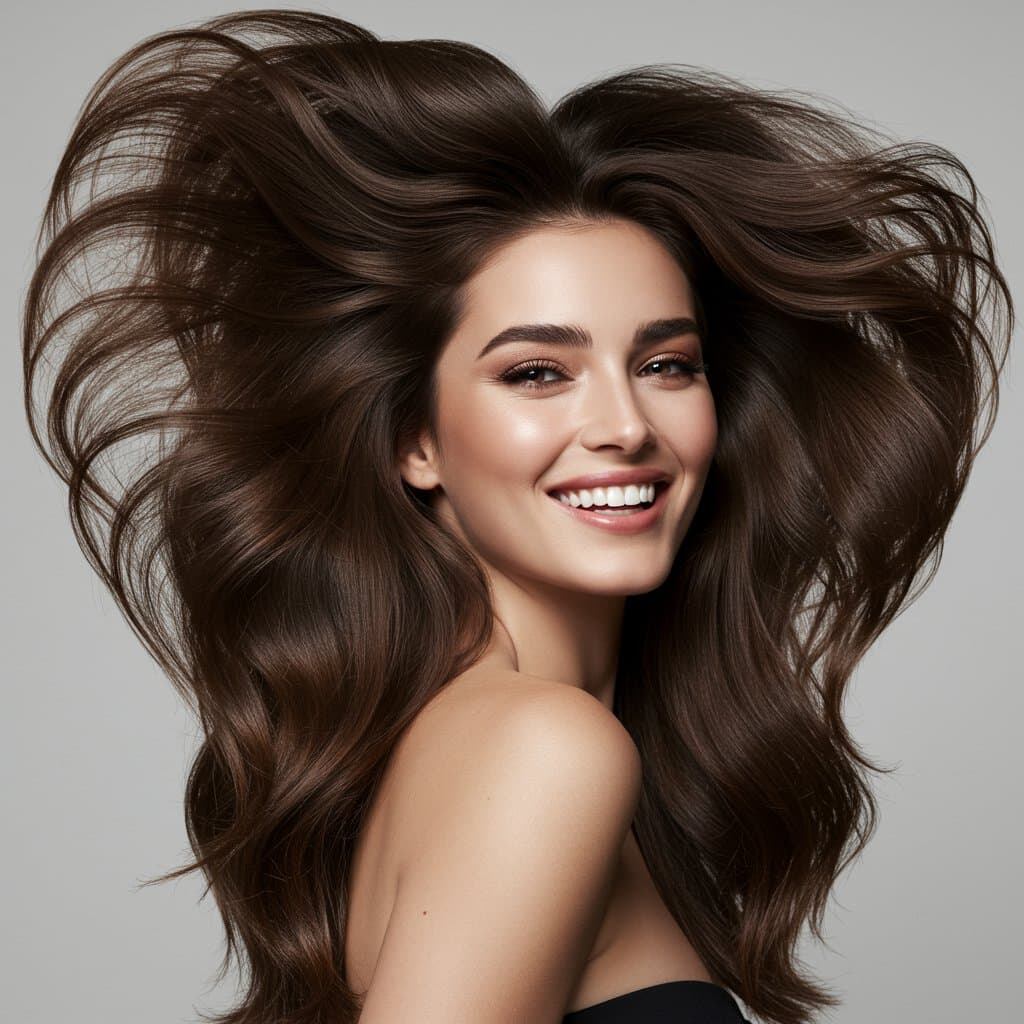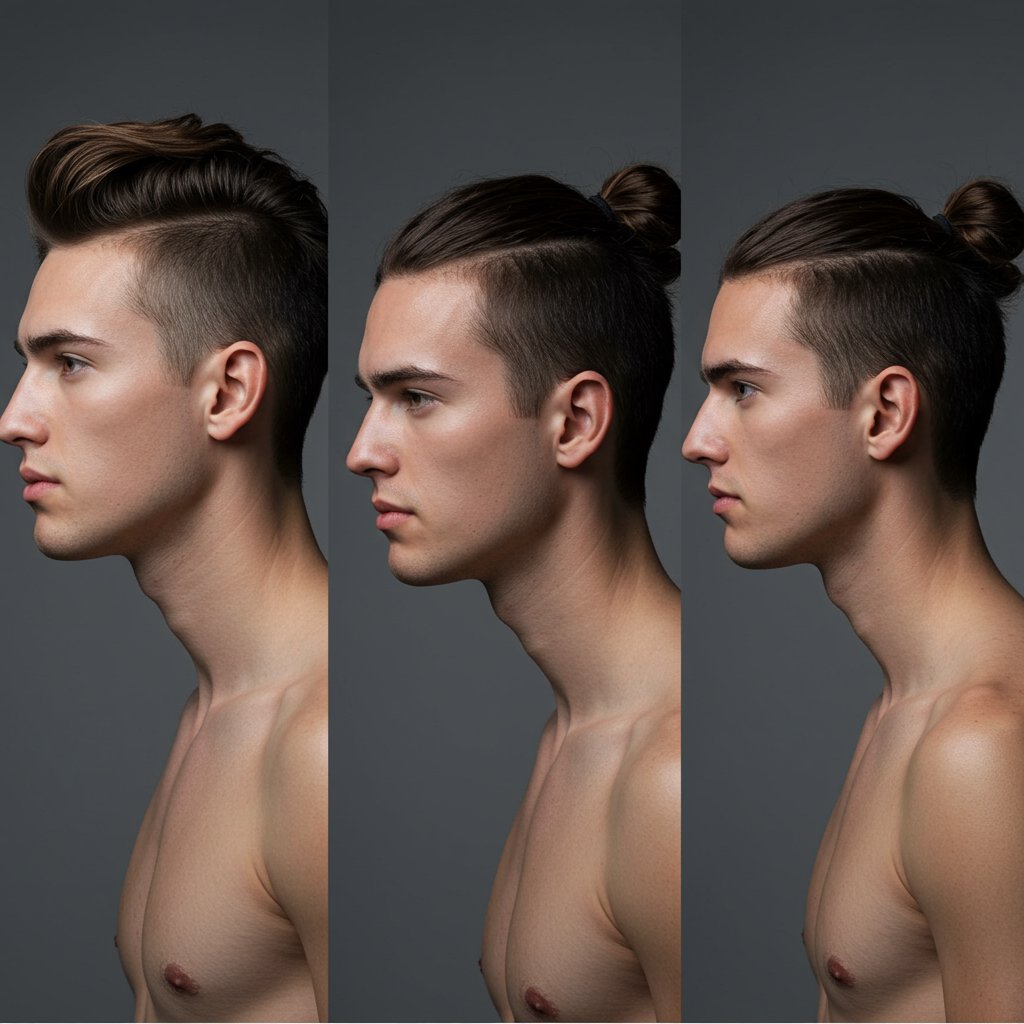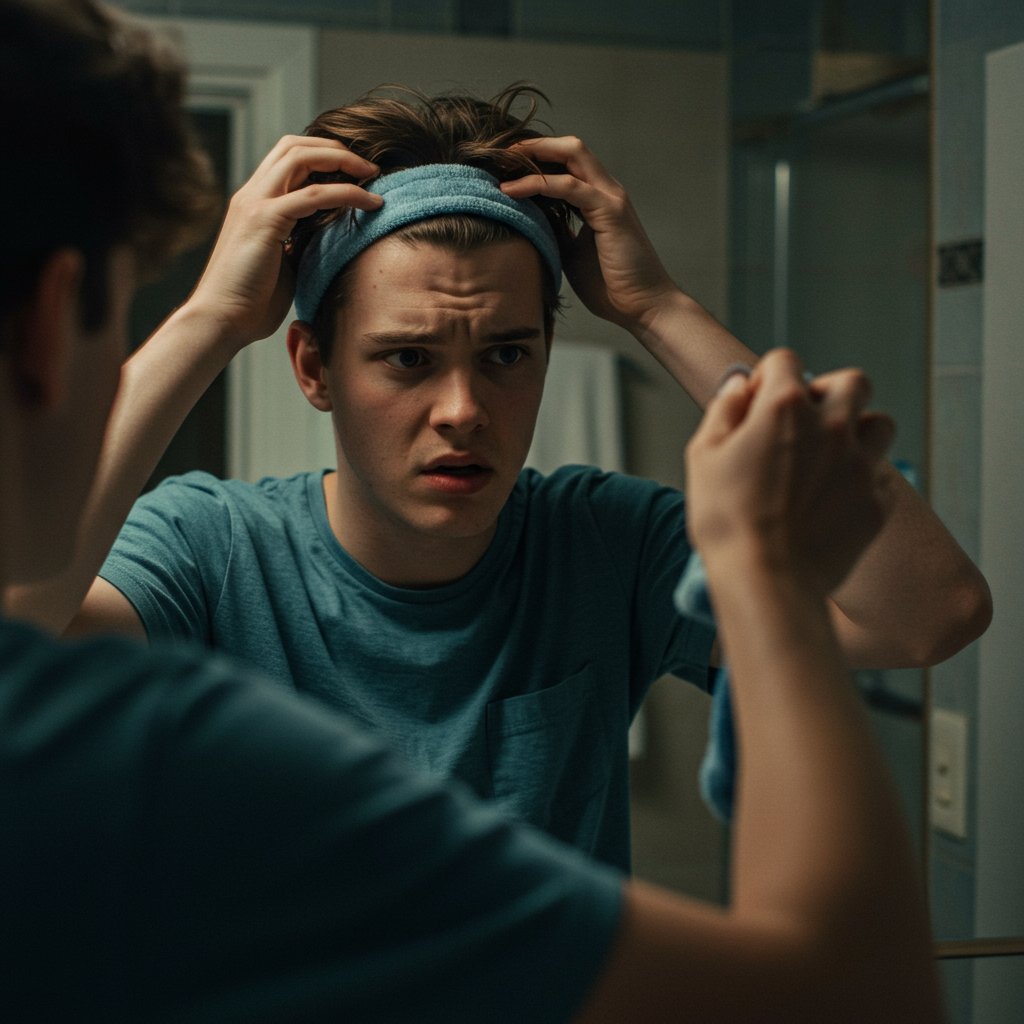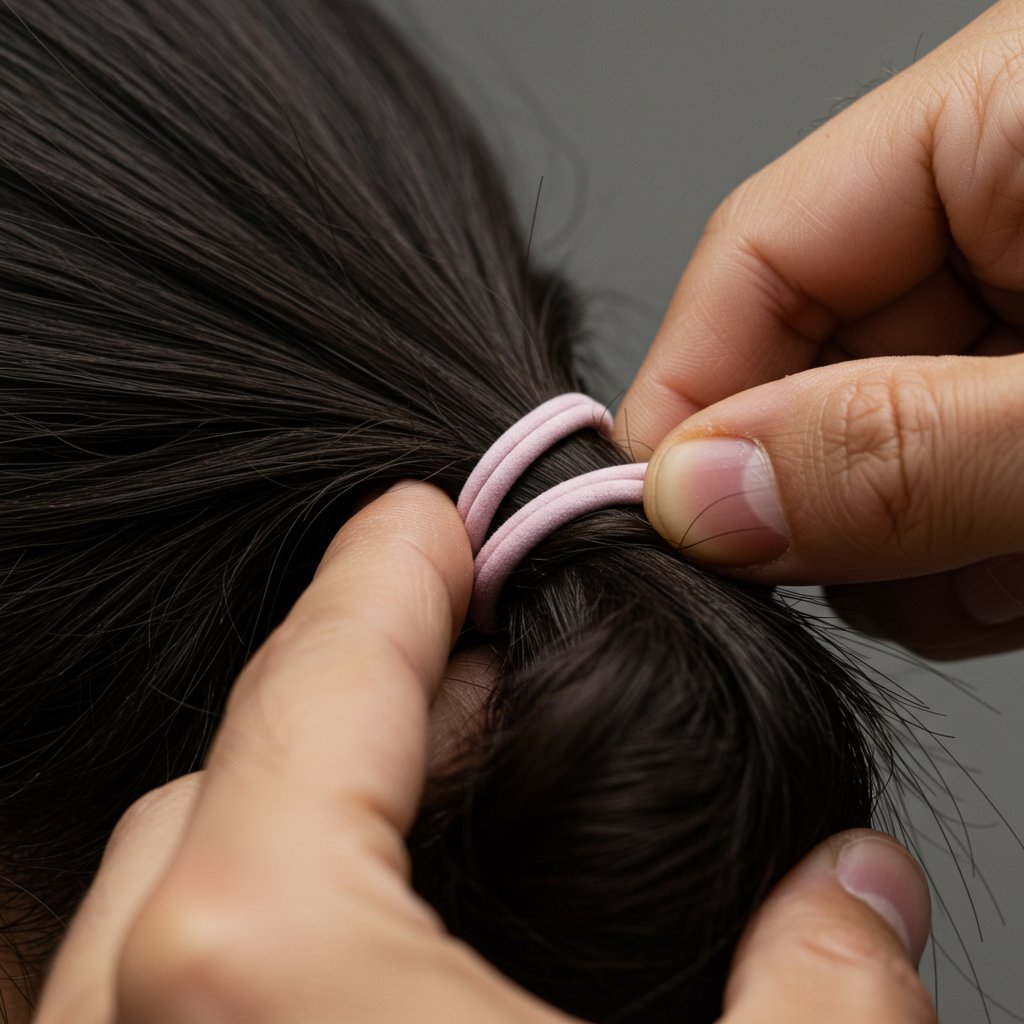The Rise of the Man Bun: More Than Just a Hairstyle
Love it or loathe it, the man bun has cemented itself as one of the most recognizable and debated men's hairstyles of the 21st century. It's a look that has graced red carpets, city streets, and coffee shops, sported by everyone from Hollywood A-listers to the barista who knows your morning order. But what is it about this simple knot of hair that sparks such strong opinions? The rise of the man bun is more than a fleeting trend; it’s a cultural phenomenon that touches on history, identity, and the evolving definitions of modern masculinity. This comprehensive guide will explore the controversial trend in detail, from its ancient origins to practical advice on how you can perfect the look yourself.

Whether you're contemplating growing your hair out, currently navigating the challenges of the 'awkward stage,' or are simply curious about the cultural significance of this iconic style, you've come to the right place. We will dissect the different types of man buns, discuss which face shapes and hair types are best suited for the look, and provide expert guidance on maintenance to ensure your hair remains healthy and strong. This is your ultimate resource for understanding the rise of the man bun and mastering the style with confidence.
A Brief History of Men's Topknots: From Ancient Warriors to Modern Hipsters
The modern man bun might feel like a recent invention, but the practice of men tying their long hair up is as old as history itself. Long before it became a staple of modern urban style, the topknot was a symbol of status, profession, and cultural identity. In feudal Japan, the Samurai wore a distinctive topknot known as a chonmage. This hairstyle was not only practical for keeping hair out of their eyes during combat but was also a powerful symbol of their rank and honor. To lose one's topknot was a sign of great disgrace.
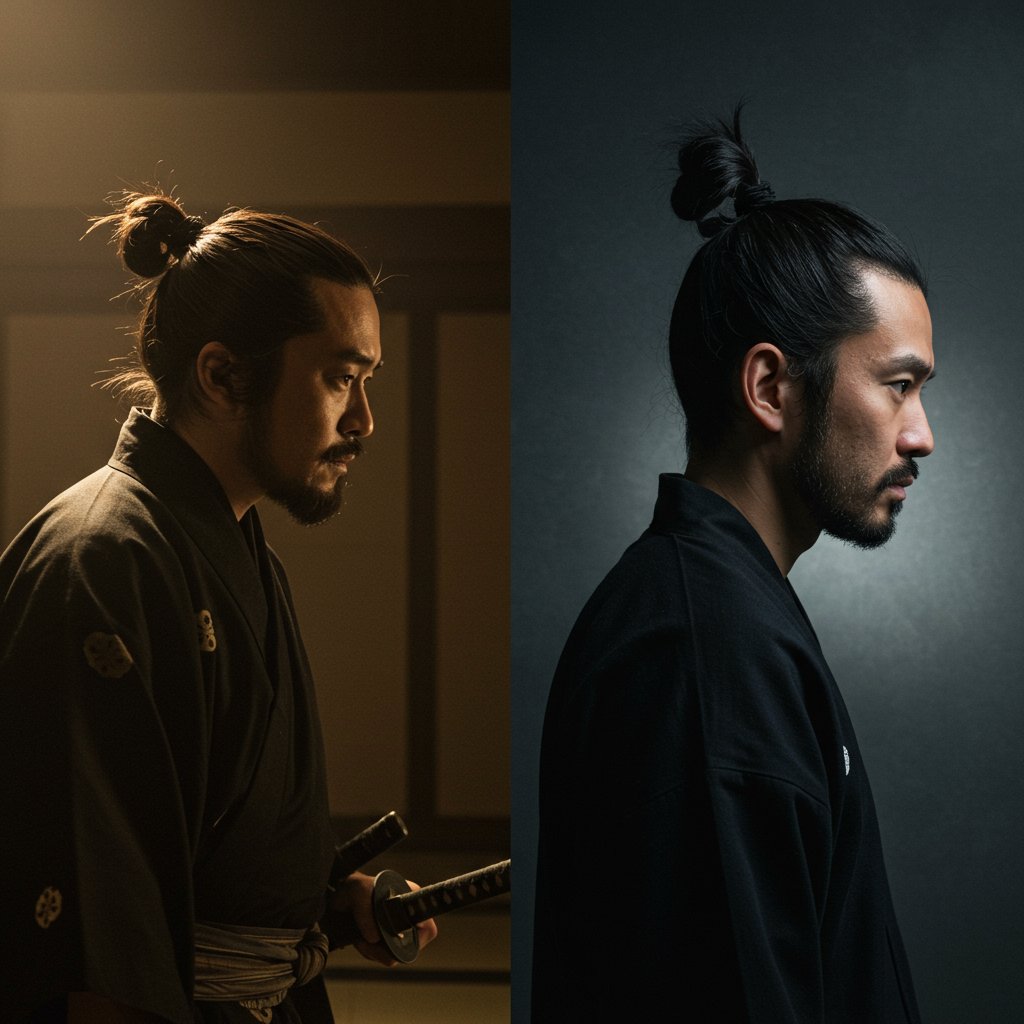
Across the globe, other cultures adopted similar styles. The Scythians, nomadic warriors of ancient Siberia, were depicted with hair tied back in knots. In ancient Rome, the 'Suebian knot' was a distinctive side-knot worn by Germanic warriors to appear more intimidating to their enemies. Fast forward to the 2010s, and the hairstyle re-emerged in a new context. Fueled by celebrity adoption and the rise of 'hipster' subculture, the man bun became a symbol of a different kind of man: one who is often artistic, in touch with his personal style, and unafraid to challenge traditional grooming norms. This historical context is crucial to understanding the rise of the man bun as a cyclical trend rather than a fleeting fad.
The Anatomy of a Man Bun: More Than Just Tying Your Hair Back
Not all man buns are created equal. The term is an umbrella for several distinct styles, each with its own aesthetic and hair length requirements. Understanding the variations is the first step to finding the perfect look for you. An experienced stylist can help assess your hair and recommend a style, but knowing the terminology is a great starting point.
The Full Bun vs. The Top Knot
This is the most common point of confusion. A 'full bun' utilizes all the hair on the head, which is long enough to be pulled back into a single knot, typically positioned at the crown or back of the head. It requires significant length all over. In contrast, a 'top knot' is often paired with faded or shaved sides and back. Only the long hair on top is gathered into the bun, creating a high-contrast, sharp look. The top knot is a popular choice for those who want the style without committing to growing out all of their hair.
The Low Bun vs. The High Bun
The placement of the knot dramatically changes the overall vibe. A 'low bun', tied at the nape of the neck, offers a more relaxed, casual, and sophisticated look. It's often seen as more mature and less aggressive than its higher counterpart. A 'high bun', positioned at or above the crown of the head, is a bolder, more fashion-forward statement. It's a more deliberate and eye-catching style that exudes confidence.
The Messy Bun vs. The Neat Bun
This distinction comes down to execution. The 'messy bun' is the epitome of effortless cool. It’s loosely tied, with stray strands and a less-perfect finish, suggesting a spontaneous, carefree attitude. It works best with textured or wavy hair. The 'neat bun', on the other hand, is slick, tight, and controlled. Every hair is in its place, often with the help of a styling product like a pomade or gel. This style is more formal and polished, suitable for professional settings or formal events.
The Cultural Impact and Controversy: Why Does This Hairstyle Spark So Much Debate?
Few men's hairstyles have ever been as polarizing as the man bun. Its rise was met with a mix of admiration and intense criticism, sparking countless articles, memes, and heated online debates. The controversy often stems from its challenge to traditional Western notions of masculinity. For decades, the dominant aesthetic for men was short, clean-cut hair. The man bun, along with long hair in general, was seen by some as a rejection of this norm, sometimes mislabeled as unprofessional, lazy, or even effeminate.

Celebrity influence played a massive role in both its popularization and the controversy. When stars like Jared Leto, Chris Hemsworth, and Jason Momoa sported the look, they presented it as rugged, stylish, and aspirational. This helped shift public perception and cemented the man bun as a legitimate fashion statement. However, the style's association with specific subcultures, like the 'hipster' movement, also led to stereotyping. The man bun became a sort of shorthand for a certain type of urban, artisan-coffee-drinking man, which invited parody and criticism.
Ultimately, the debate around the man bun is a conversation about self-expression. The hairstyle represents a move towards more fluid and personalized grooming standards for men. It signifies a departure from a one-size-fits-all approach to male appearance, empowering men to embrace styles that reflect their personality, regardless of outdated conventions. The controversy itself highlights the power of hair as a form of identity.
Is the Man Bun Right for You? Assessing Face Shape and Hair Type
While confidence is the most important factor in pulling off any hairstyle, certain technical aspects can help you choose the most flattering version of the man bun. Consulting with a professional stylist is the best way to get personalized advice, as they can assess your unique features and hair characteristics.
Face Shape Compatibility
Your face shape plays a significant role in determining the ideal placement and style of your bun. For those with
oval faces, almost any man bun style works well due to balanced proportions. If you have a
square or
rectangular face with a strong jawline, a messier or lower bun can soften your features. Conversely, a tight, high top knot can accentuate them. For
round faces, a high bun or a top knot with faded sides can add height and create the illusion of a more elongated, slimmer face. Avoid low, full buns that can add width.
Hair Texture and Density
Hair type is just as crucial.
Thick, wavy hair is arguably the ideal canvas for a man bun, as it provides natural volume and texture for a full, effortless-looking bun.
Straight hair can also work beautifully, especially for sleek, neat buns, though it may require some texturizing spray to add grip and volume. For men with
curly hair, a man bun can be a fantastic way to manage volume and showcase texture, resulting in a unique and dynamic look. If you have
fine or thinning hair, a man bun can still be an option, but it's important to be strategic. A smaller, lower bun is often more flattering, and you should avoid tying it too tightly to prevent stressing the hair follicles.
The Journey to a Man Bun: A Guide to Growing Your Hair Out
Deciding you want a man bun is the easy part; the real challenge is the journey of growing your hair to the required length (typically at least 6-10 inches). This process requires patience, dedication, and a strategy for managing the infamous 'awkward stage.'
Surviving the Awkward Stage
The awkward stage is that in-between period where your hair is too long to be considered short but too short to tie up properly. It can be frustrating, but it's a temporary phase. During this time, hats, beanies, and headbands are your best friends. Using a light styling cream or sea salt spray can help manage unruly hair and give it some direction. It's also crucial to resist the temptation to get a 'small trim' to 'clean it up,' as you might accidentally cut off the length you've worked so hard for. Instead, communicate clearly with your stylist that you are growing it out and only want to remove split ends.
Essential Products for Growth
Healthy hair grows faster and looks better. As your hair gets longer, your grooming routine needs to adapt. Invest in a high-quality, sulfate-free shampoo and a hydrating conditioner to keep your hair and scalp healthy. Washing your hair every 2-3 days is often sufficient, as over-washing can strip natural oils. A weekly deep conditioning treatment or a hair mask can also work wonders to prevent dryness and breakage. A balanced diet rich in vitamins and minerals like biotin, iron, and zinc also supports healthy hair growth from the inside out.
Perfecting the Style: A Step-by-Step Guide to Tying the Perfect Man Bun
Once you have the length, it's time to master the technique. Tying the perfect man bun is a skill that gets easier with practice. Here’s a simple guide to creating a classic, secure man bun:
- Preparation is Key: Start with dry hair. If your hair is too clean and silky, it may be difficult to grip. A bit of texture from a sea salt spray or dry shampoo can provide the hold you need. Brush or comb your hair to remove any tangles.
- Gather Your Hair: Lean your head forward or back and use your hands to gather all of your hair towards the point where you want the bun to sit (nape, crown, or high on the head).
- The First Loop: Secure the hair with a quality hair tie (opt for ones without a metal clasp to prevent breakage). On the first pass, pull the ponytail all the way through the tie.
- Create the Bun: On the second or third pass, don't pull the ponytail all the way through. Instead, pull it through just enough to create a looped bun of your desired size. The remaining ends of the hair can either be left out for a messier look or wrapped around the base of the bun and tucked into the hair tie to secure them.
- Finishing Touches: Use your fingers to gently pull at the bun to adjust its shape and size. Pull out a few face-framing strands for a more relaxed look, or use a small amount of pomade or hairspray to tame any flyaways for a neater finish.
Maintenance and Hair Health: Preventing Traction Alopecia and Breakage
Long-term commitment to a man bun requires a focus on hair health. One of the biggest risks associated with the style is traction alopecia, a form of hair loss caused by constant, prolonged pulling on the hair follicles. This is a serious concern, but it is entirely preventable with the right care.
To avoid this, never tie your man bun excessively tight. It should feel secure, but not like it's pulling on your scalp. It's also crucial to give your hair a break. Avoid sleeping with your hair in a bun, and try to wear it down for a few hours each day to relieve tension on the follicles. Varying the position of your bun (sometimes high, sometimes low) can also help distribute the stress on your hair.
Beyond traction alopecia, general breakage is a concern for long hair. Regular trims every 3-4 months are essential to remove split ends before they travel up the hair shaft and cause more damage. Use a wide-tooth comb instead of a brush on wet hair, as hair is most fragile when wet. Finally, protect your hair from heat damage from the sun or styling tools by using a leave-in conditioner or heat protectant spray.
Pro Tips for an Elevated Man Bun
- Embrace Texture: Don't fight your hair's natural wave or curl. Use a sea salt spray to enhance texture for a perfectly imperfect messy bun.
- Pair it with a Beard: For many, a well-groomed beard creates a sense of balance with a man bun, framing the face and enhancing the masculine aesthetic.
- Don't Tie it Wet: Tying your hair up when it's wet can stretch the hair shafts to their breaking point. Always let it air dry or gently blow-dry it before styling.
- Choose the Right Hair Tie: Invest in seamless, fabric-covered hair ties or spiral hair ties that are gentle on your hair and won't cause snags or breakage.
- Accessorize Smartly: A stylish headband can be a lifesaver during the awkward growth phase and can also be incorporated into your final look.
Man Bun FAQ: Your Top Questions Answered
How long does my hair need to be for a man bun?
For a small bun or top knot, you'll need at least 6-7 inches of hair on top. For a full, proper man bun where all hair is tied back, you'll likely need 10-12 inches of length.
Can I get a man bun with thinning hair?
Yes, but with care. Avoid tight styles that can stress follicles. A looser, lower bun can work well. Some men with a receding hairline find that a man bun can draw attention away from it. Consult a stylist for personalized advice.
Does a man bun cause hair loss?
It can, if not done correctly. The condition is called traction alopecia, caused by constant, tight pulling. To prevent it, wear your bun loosely, give your hair regular breaks by wearing it down, and never sleep with it tied up.
How often should I wash my hair when growing it for a man bun?
For most hair types, washing every 2-3 days is ideal. Over-washing strips the scalp of natural oils that are essential for keeping long hair healthy and hydrated.
What's the difference between a man bun and a top knot?
A man bun typically uses all the hair on the head, pulled back into a knot. A top knot is usually paired with disconnected, shorter sides (like an undercut or fade), where only the long hair on top is gathered into the knot.
Are man buns still in style in 2025?
Absolutely. While the peak 'trend' moment may have passed, the man bun has evolved into a timeless, classic option for men with long hair. It is no longer a fad but a staple hairstyle, with modern interpretations keeping it fresh and relevant.
Conclusion: A Style of Substance
The rise of the man bun is a fascinating story of how a hairstyle can reflect and influence cultural shifts. It has proven to be far more than a passing trend, evolving into a versatile and enduring style choice for men around the world. From its warrior roots to its modern-day controversy, the man bun is a statement of personal choice and a rejection of rigid grooming standards.
Whether you opt for a sleek top knot, a relaxed low bun, or a rugged full bun, the key is to wear it with confidence and to prioritize the health of your hair. By understanding its history, mastering the technique, and committing to proper maintenance, you can ensure your man bun is not just a hairstyle, but a powerful form of self-expression.



